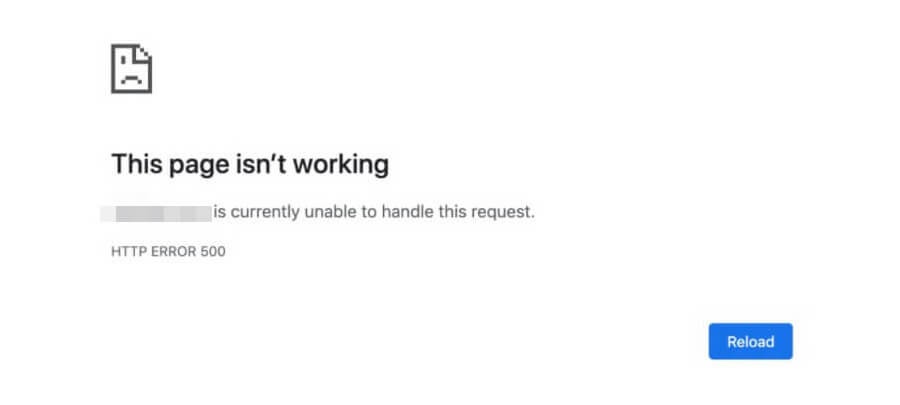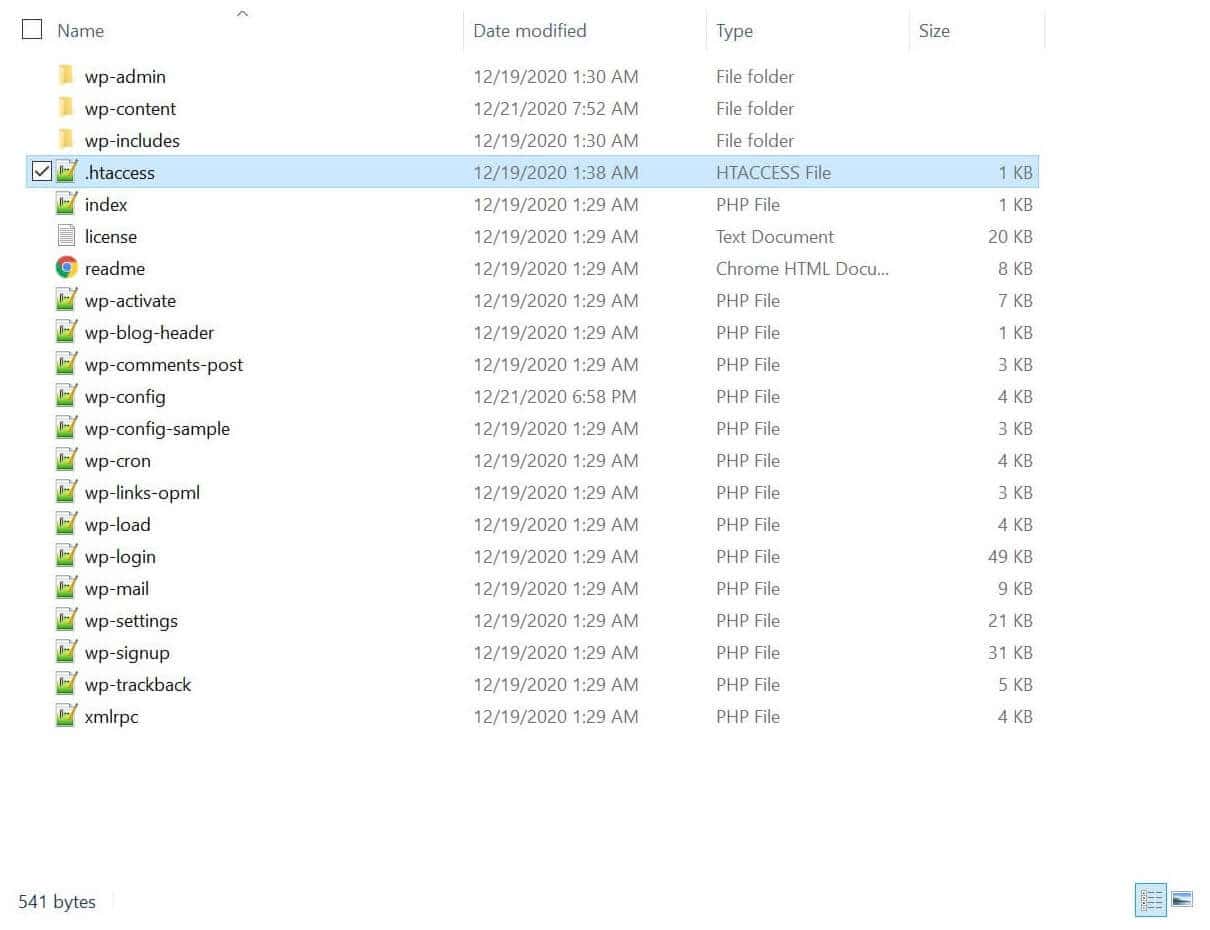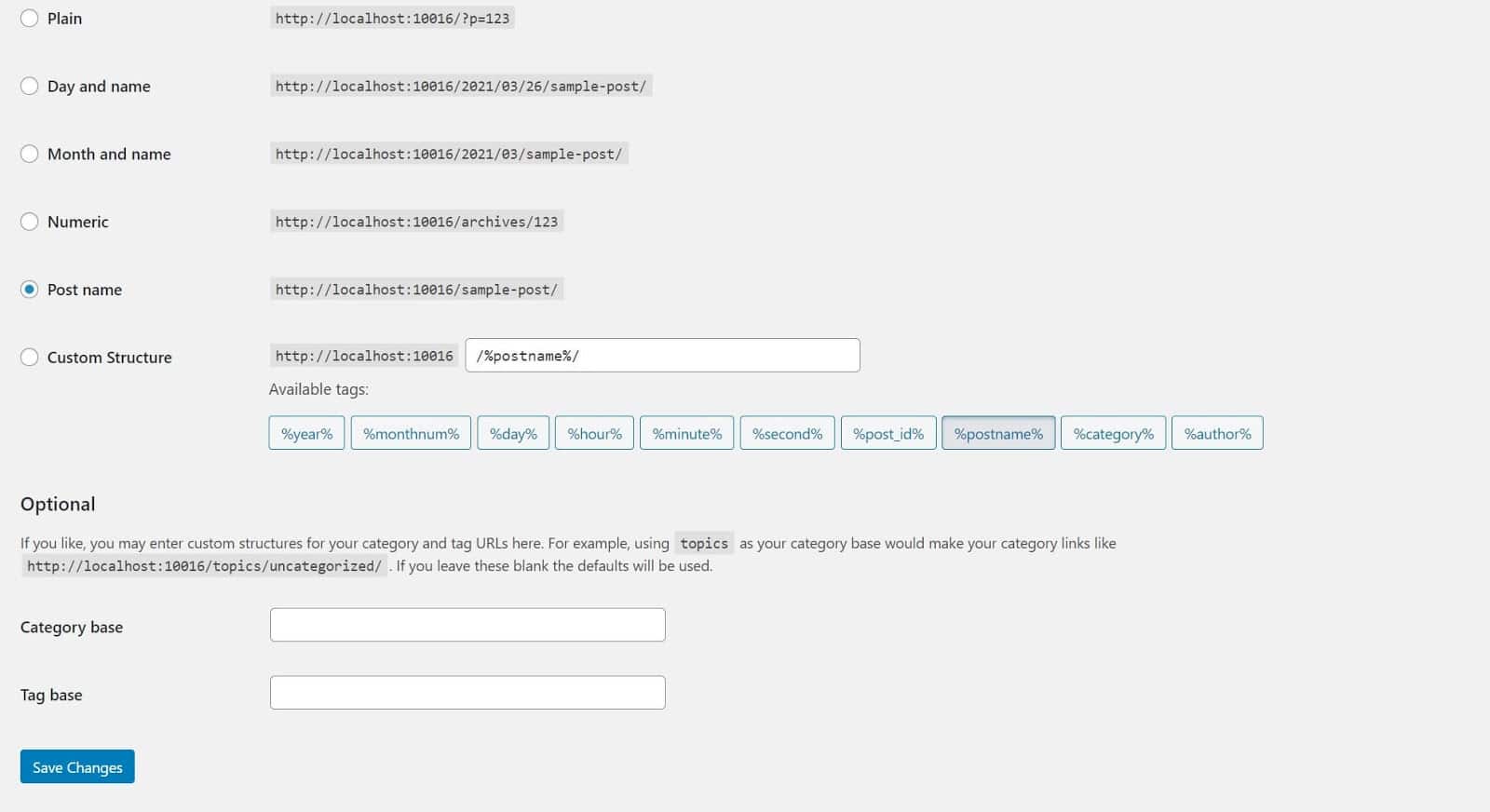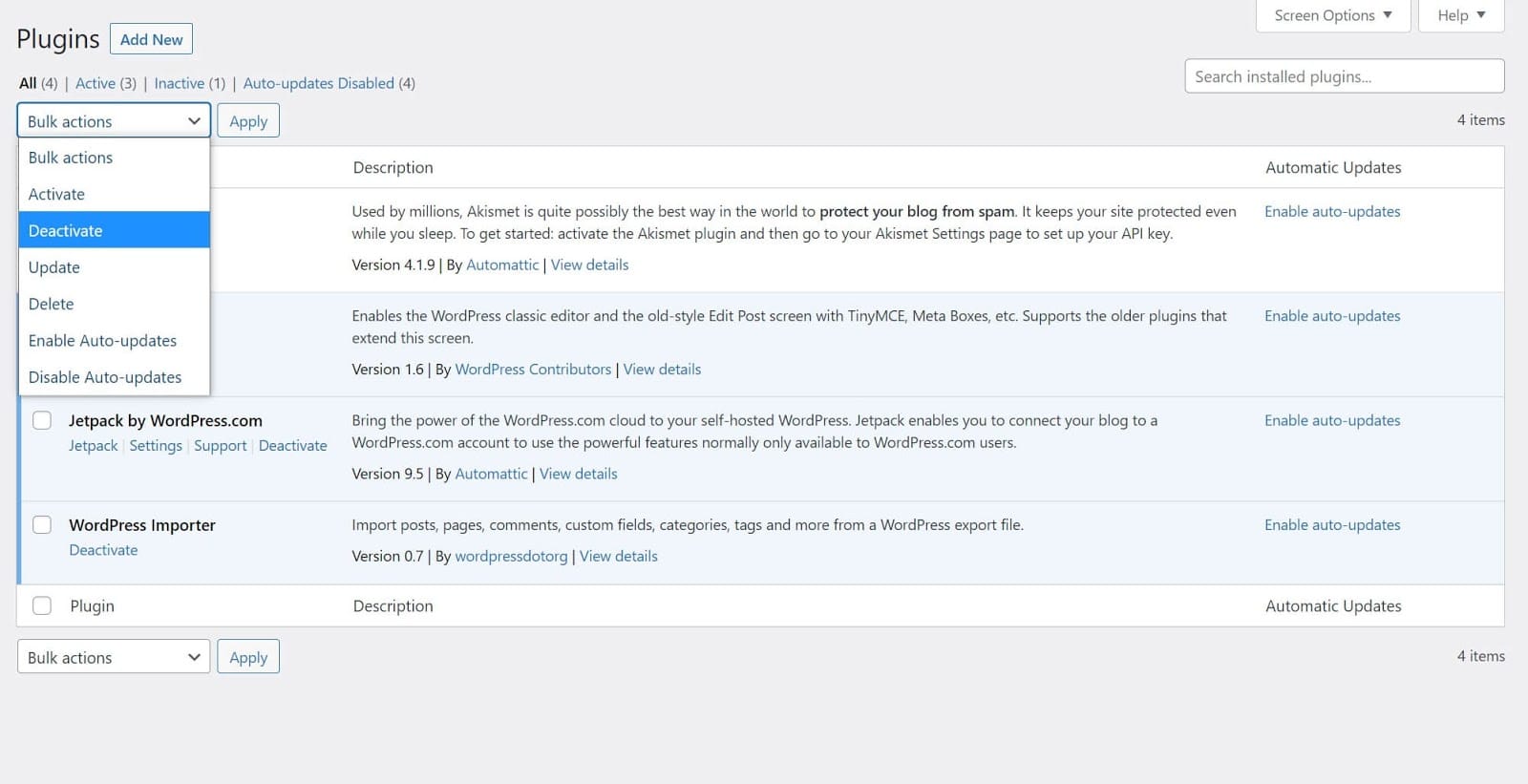Local testing environments are highly useful tools for WordPress developers and site owners. While we’re partial to DevKinsta, our own free local development tool, MAMP is also an excellent way to set up a WordPress instance. However, it can be hard to do much testing when you can’t access your site, and that’s exactly what a MAMP HTTP Error 500 will result in.
This error is particularly troublesome because it rarely provides any useful information or hints as to the source of the problem. Fortunately, you can usually trace the cause to PHP errors, a corrupt .htaccess file, or problematic WordPress plugins, all of which are relatively easy to fix.
In this article, we’ll explore the causes of this error and walk through three simple troubleshooting steps to get your MAMP installation back on track. Let’s dive in!
An Introduction to the HTTP Error 500
The Hypertext Transfer Protocol (HTTP) 500 Internal Server Error is a message that can sometimes appear when you’re attempting to load a page.
This is a generic, “catch-all” error. Essentially, the server wasn’t able to load the page for one reason or another, but it also couldn’t determine a more specific error code to use:

The error’s presentation can vary based on the specific browser being used, and some websites have custom error pages of their own. So what you’re seeing may not look exactly like the image above, but the basics are the same.
This is a frustrating error, primarily because it’s so vague. If it happens on a MAMP installation it can be even trickier since there are more potential causes.
With WordPress in general, the most common causes of an HTTP 500 error are plugin incompatibilities and a corrupt or missing .htaccess file. This file handles server configuration, so issues there can cause a variety of problems.
Another possible source specific to errors on MAMP comes into play when your site encounters a PHP fatal error. This is often the result of misconfigured files or incorrect code. In these cases, checking the PHP error logs for your installation will often reveal the file that’s causing the issue, as well as the specific problem with the code.
How to Fix the HTTP Error 500 in MAMP
In this section, we’ll walk through troubleshooting each of the potential causes of an Error 500 on a MAMP WordPress installation. You should follow these steps in order, and only proceed to the next fix if the problem persists.
Step 1: Check the PHP Error Log and Resolve Code Problems
The first troubleshooting step you should take is to check your MAMP installation’s PHP error log for problems. This log is a text file with a chronological listing of all PHP errors the installation has encountered and, if they’re PHP code issues, which file they occurred in.
You can find this file in your MAMP logs folder. On Windows, the path is C:MAMP\logs. On a Mac, it’s /Applications/MAMP/logs. Once you’re there, look for the file called php-error:

Open the file and look for any lines that indicate problems. They will begin with “PHP Parse error”. They will also usually tell you exactly what the problem is and which file it’s located in.
The issues you see here may vary. In this example from Stack Overflow, the user had semicolons at the end of some lines in the listed file. These should have been commas instead, and correcting this resolved the error.
If the error log is empty, or if correcting the errors in it doesn’t resolve the “Error 500,” proceed to the next step.
Step 2: Generate a New .htaccess File
Next up, you’ll want to try creating a fresh .htaccess file and see if that resolves the problem. This key WordPress file is located at the root of your website’s folder within the MAMP directory.
On Windows, the default path to your website’s folder is C:MAMP\htdocs. On a Mac, it’s /Applications/MAMP/htdocs.
Once you’re in the folder, locate the .htaccess file:

Rename this file to something like “.htaccess-old”. That will effectively remove it from the equation when WordPress loads. Then try to load your site again. If it works, you know this file was the culprit.
The final step is to generate a fresh .htaccess file. To do that, head to your WordPress dashboard and navigate to Settings > Permalinks:

Don’t change anything on this page. Instead, simply scroll down and click on Save Changes. This will regenerate the .htaccess file, which is necessary to prevent 404 errors on your pages. At this point, you can safely delete the file you renamed earlier.
Step 3: Deactivate and Test Your Plugins
If neither of the above troubleshooting methods work, the final step to try is disabling all of your site’s plugins. If this fixes the problem, you can enable them one by one until the issue returns. This will tell you which plugin is the culprit, and you can then look for replacements for it or contact its developer for assistance.
If you have access to your WordPress dashboard, you can do this by heading to Plugins > Installed Plugins. Select them all, and then choose Deactivate from the Bulk actions dropdown menu at the top of the screen:

Once they’re deactivated, attempt to load the problematic page again. If it works, you can now go back to your list of plugins and turn them back on one at a time by clicking on Activate.
After reactivating each individual plugin, refresh your page. If it still loads, move on to reactivating the next one. Continue this process until the error returns, and you’ll know which plugin is causing the error.
If you don’t have access to your WordPress dashboard due to the Error 500, you can deactivate all plugins via the file system. Head back to your website’s directory in MAMP and open the wp-content folder. Inside you’ll find a folder called plugins:

Rename this folder to something like “plugins-disabled”, which will effectively deactivate everything inside. You should now have access to your WordPress dashboard.
Go ahead and log in there, and then rename the folder back to “plugins” while the dashboard is still open. They should appear in the Plugins list on your dashboard, and you can proceed to deactivate them all and test them one at a time as outlined above.
Summary
An Error 500 message can bring your WordPress testing to a screeching halt. This error can be frustrating, but it doesn’t have to slow you down. While the message itself is cryptic, the actual culprit is usually easy to find and address.
To troubleshoot and fix an HTTP Error 500 in MAMP, you can try the following steps:
- Check MAMP’s error log and resolve any code problems that appear.
- Generate a fresh .htaccess file.
- Deactivate all of your WordPress plugins and test each one for problems.
If you want to extend the error-free experience to your live site, consider hosting it with Kinsta. Our Application Hosting, Database Hosting, and Managed WordPress hosting plans ensure that your website is always available when your users need it.
And don’t forget to check out DevKinsta as a powerful alternative to MAMP for local testing!


